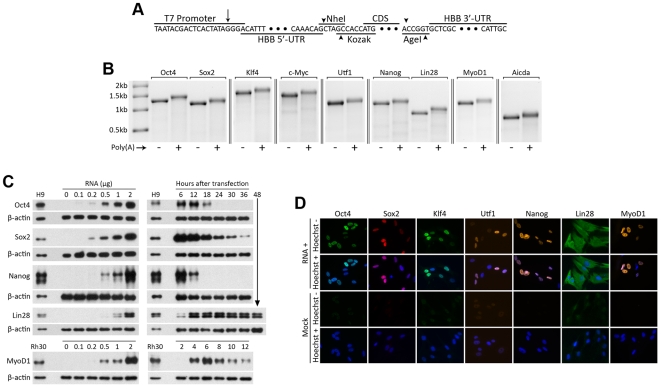Figure 1. Long-RNA transfection yields ES-cell-level expression of reprogramming proteins in primary human fibroblasts.
A. The transcribed strand of an Hbb-UTR-stabilized in vitro-transcription template encoding an arbitrary protein. The long arrow indicates the first transcribed base, and short arrows indicate restriction-enzyme cleavage sites. B. In vitro-transcribed RNA encoding reprogramming proteins. C. Western blots showing expression levels and lifetimes of Oct4, Sox2, Nanog, Lin28, and MyoD1 proteins in MRC-5 human fetal lung fibroblasts transfected with protein-encoding RNA, relative to levels in hES (H9) and rhabdomyosarcoma (Rh30) cells. β-actin was used as a loading control. Left panels: The amount of RNA per 50 µL electroporation volume was varied as indicated. Cells were lysed 6 hours after transfection. Right panels: Cells were transfected with 1 µg of RNA, and lysed at the indicated times. D. Expression and nuclear localization of Oct4, Sox2, Klf4, Utf1, Nanog, Lin28, and MyoD1 protein following long-RNA transfection. Cells were fixed and stained 6–12 hours after transfection. For each protein, identical camera settings and exposure times were used for the RNA-transfected and mock-transfected samples.

